In the first pieces, we got a basic introduction to pin tumbler locks, and security pins. If you haven't read them, go do so, and come back and join me.
You can find them here Lockpicking - Basic pin tumbler locks and here Lockpicking - Security pins.
Next up, in this miniseries, we'll have a look at bump keys, and pick guns, so grab yourself some coffee, or tea and chocolate, and let's dive in :)
Let's start of with pick-guns. They come in two different kinds, the manual "snap-gun", and an electric variant. They work the same, except that the manual's stroke rate on the pins, is much slower.
But the method, and how it interacts with the pins, is the same. So, how do they look. Here's a couple of kits, all from UK Bump Keys.
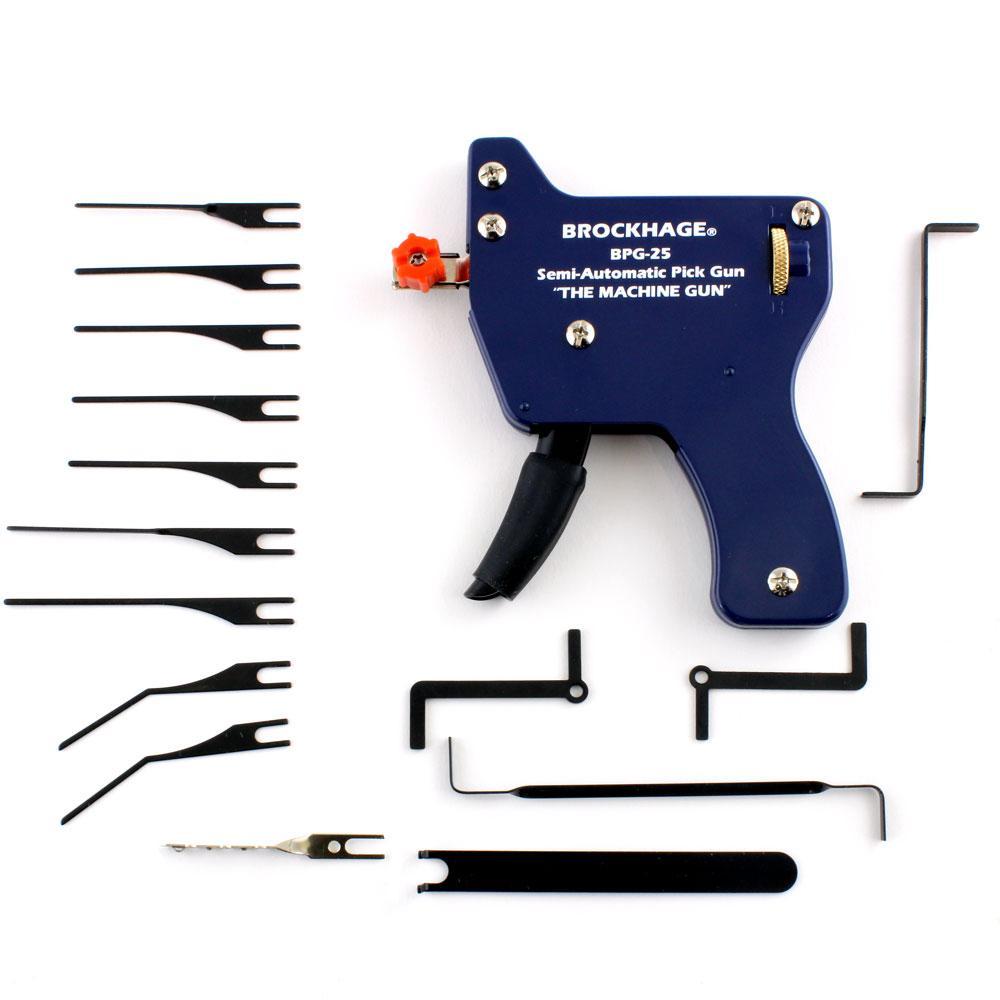
Manual snap-gun from Brockhage.
Basically install a needle, insert the gun's needle in the lock, apply tension with a tension tool, and pull the trigger. If you're lucky, you will get an opening.
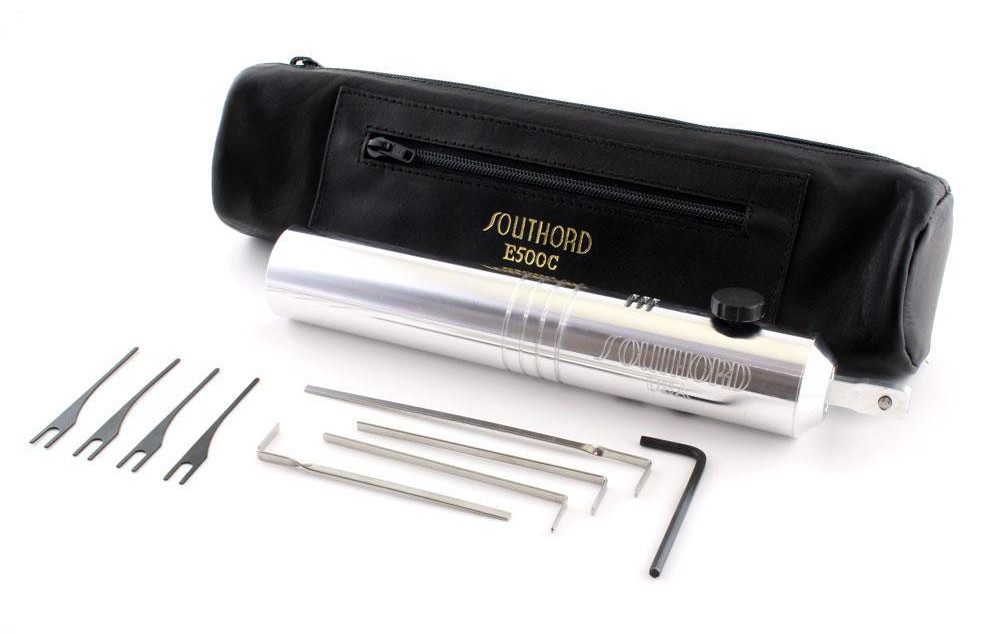
This is an electric pickgun model from Southord, the EC500. Again it's a kit from Uk Bump Keys.
It does the same thing, just MUCH faster, since the frequency of vibration, and thus interaction with the pins, are much higher.
They are also a bit more pricey, so it's not some of the first you have to invest in. I would really suggest spending time on building a lock collection to play with, before moving on to something like this.
But, for some locks, and for fast entry, they are second to none. And, for the real DIY'ers out there, try building your own out of an electric toothbrush, it's actually possible :)
But,, how do this work ? Let's see a couple of graphics to understand what these does, before we move on to bumping and bump keys.
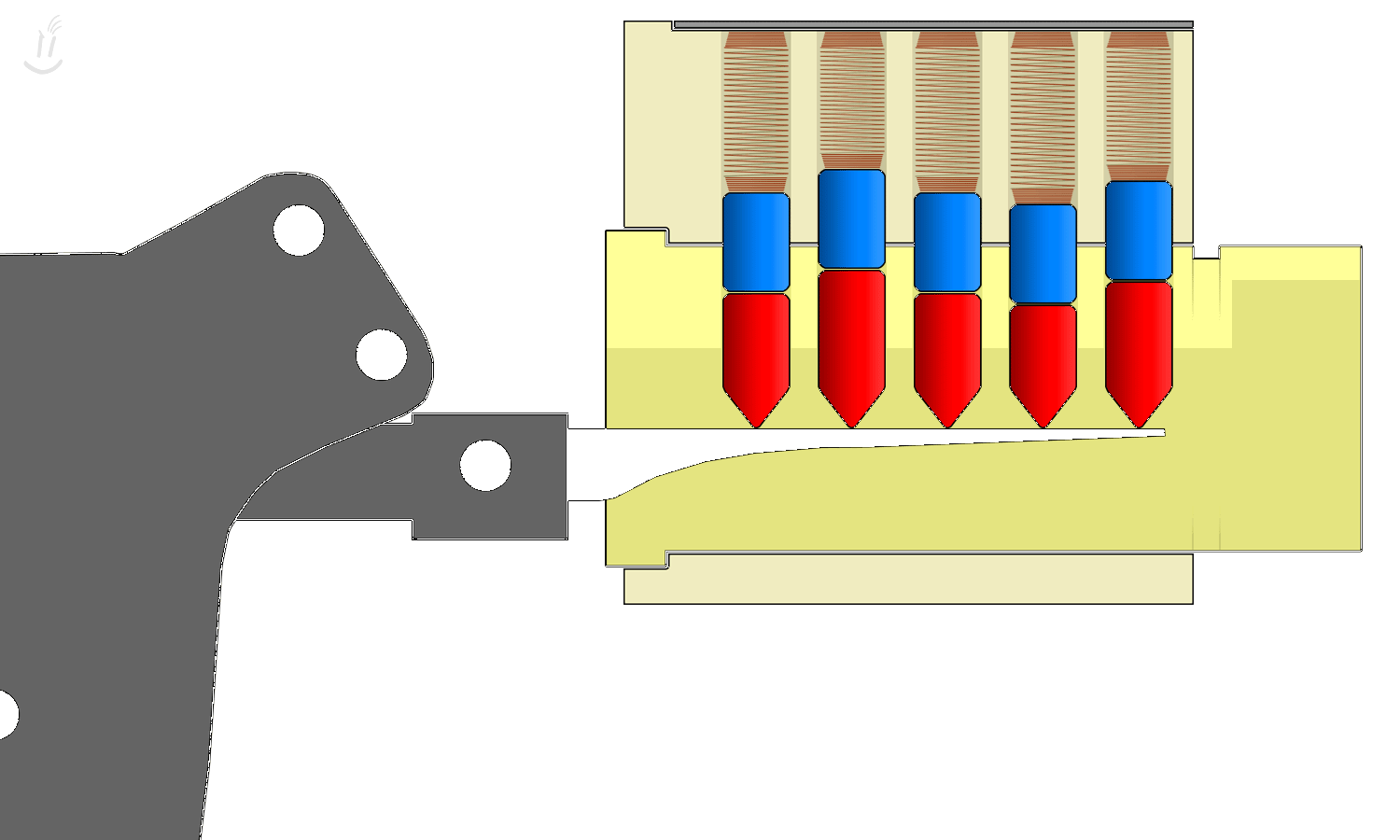
Everytime you pull the trigger, the pickgun needle will strike up / down on the pins, hoping to set them above the shear line, binding them, and finally allowing the lock cylinder to turn.
So, it works on ALL the pins at once, in a rapid strike, or from the the first needle closest to the face of the lock, pin one, to the farthest back, being pin five / six / seven.
And for the electric model it's the same, it's just striking up on the pins several times a second, and thus being faster.
Another way of doing the same thing, is by bumping a lock. Not all locks can be, but some can.
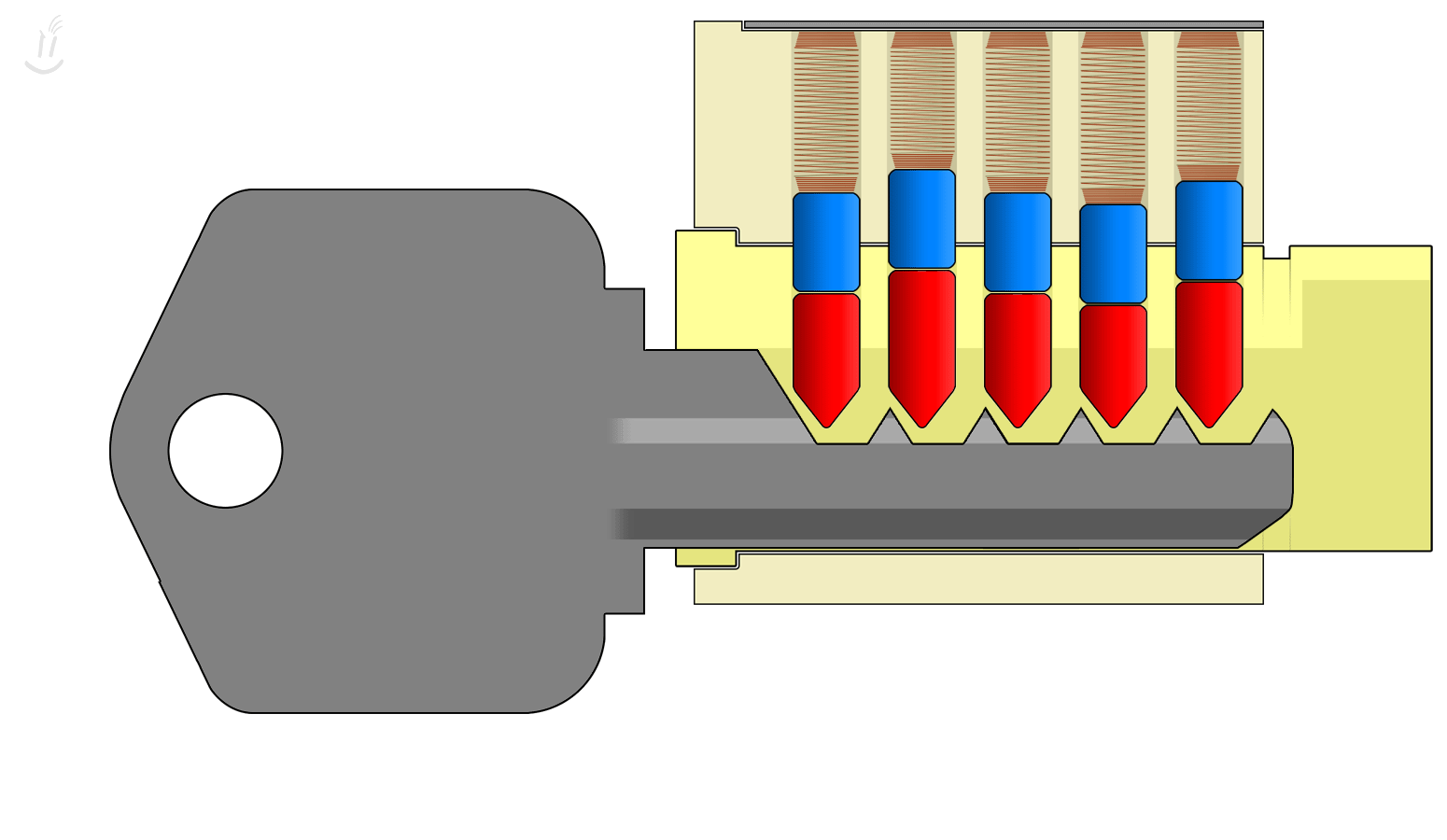
The way we do that is using a key, cut to max depth in all the bits, applying tension, and striking the bumpkey with a hammer or screwdriver, and, if it works, it will do the same thing is the snap-gun and the electric pick.
The above graphic demonstrates this, what happens when you strike a bumpkey. To repeat, we simply apply a small rubber band or something like it to the key, so we get it to bounce, and then we can strike multiple times, getting the key to jump slightly back.
But, how do we cut a key ? We need special metal files for that, and a lot of patience. A good idea is also buying a digital caliper, to measure the cut depth. But, getting it "close enough", is good enough. It's just max depth, so it's easy to hit :)
This is my kit
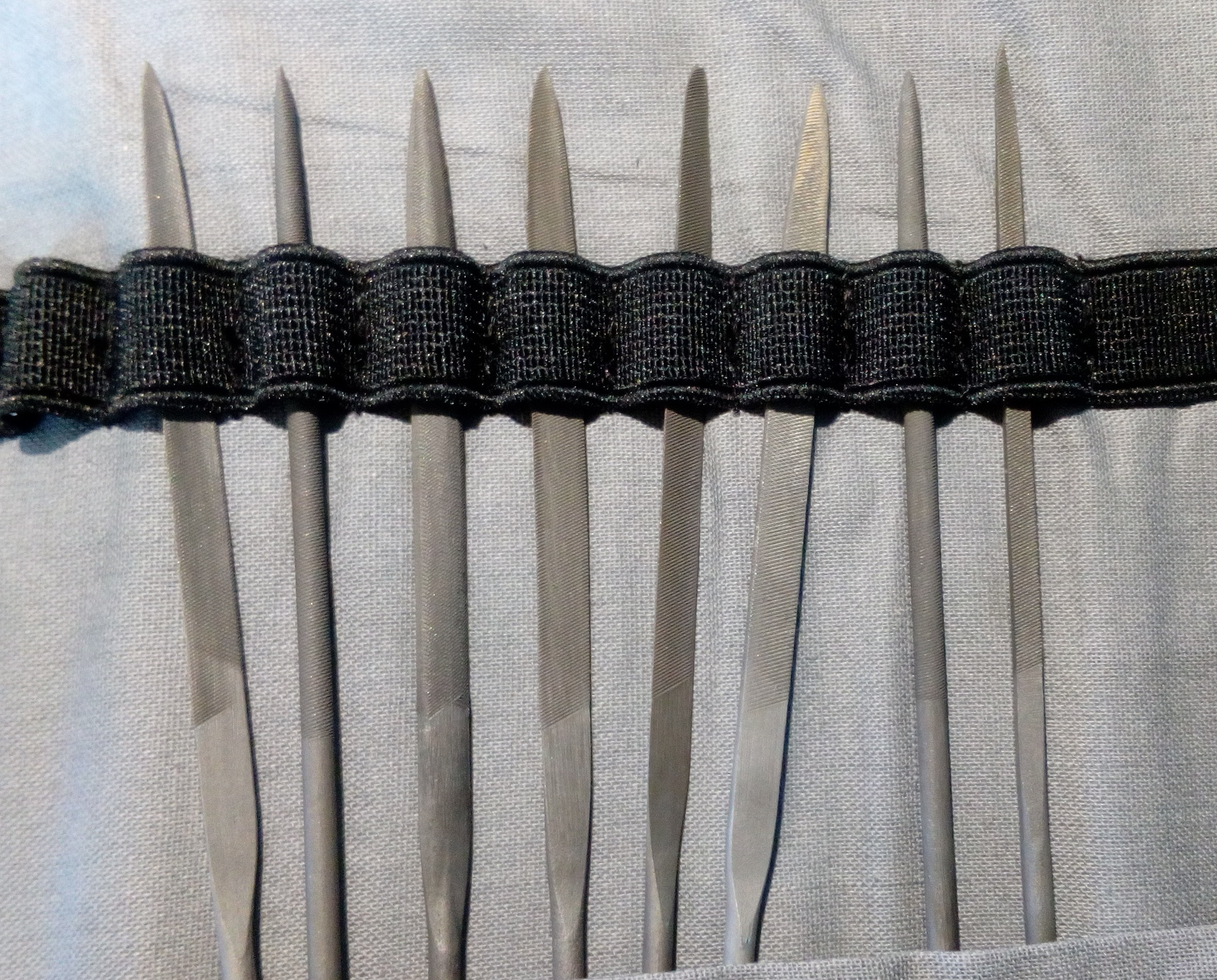
It's just small metal files from nearest building supply store, in shapes you usually would need for cutting a key. If you can't find them, any online supplier of lockpicking or locksmithing supplies would have them, in various price ranges. These were about 10 USD, so they were cheap :)
So, supplied with a range of blank keys, fitting to different keyways, we can cut a couple of bumpkeys. I would suggest buying a cheap lock, that comes with a couple of keys if you can't find blanks, and using one of the spares to cut a bump key for training purposes. Just remember, small strokes, a couple of strokes for every cut in the key, and see if it have effect on the lock.
That way, you'll also have an idea of the technique we''ll be looking at in the next article, impressioning a lock, and cutting a key.
And, as always. A thank you to Deviant Ollam for the cool graphics
Happy cutting and bumping, and remember, observe "The rules Of Three" :)


